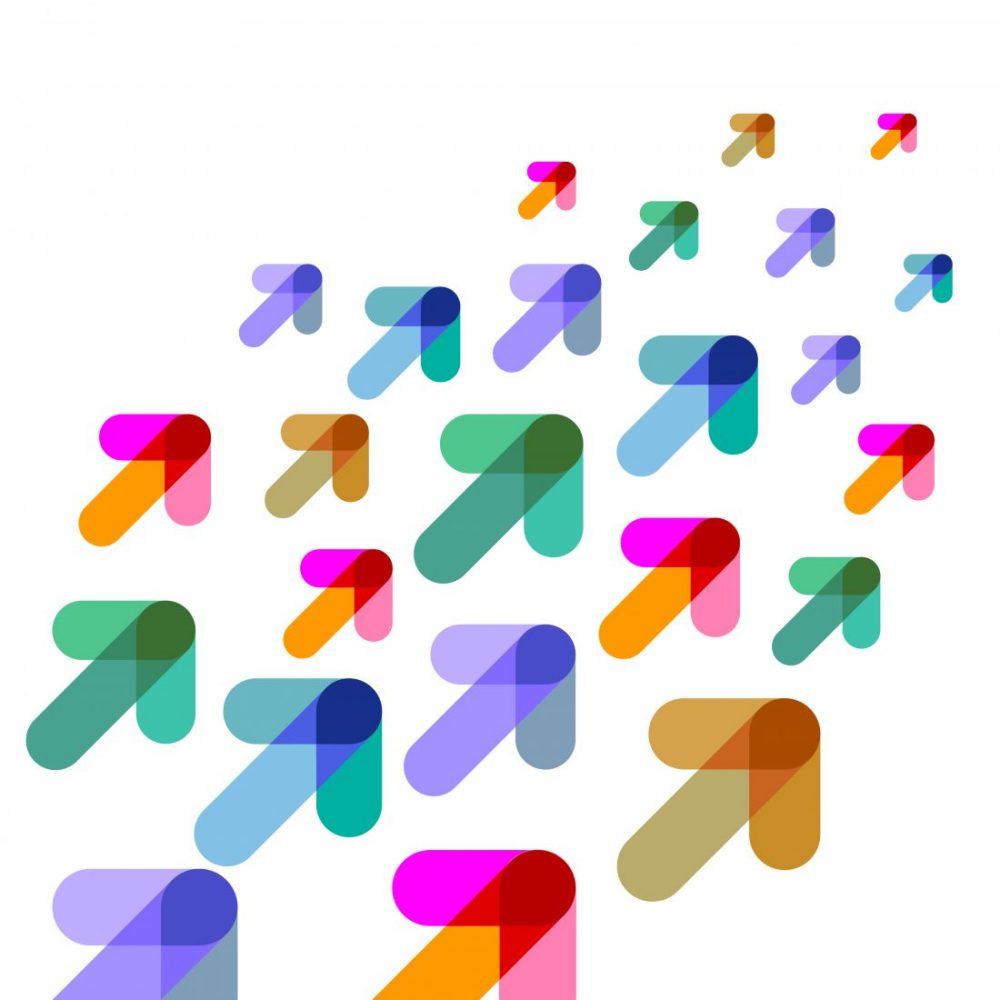


The concept of crypto tokens was popularised by the Ethereum network. While Ethereum has its own token ether (ETH), it allows developers to create new decentralised applications (DApps), smart contracts and also tokens on top of the network.
Of all other blockchain networks, the Ethereum network hosts the most number of cryptocurrency tokens. However, there are other networks such as Alacrity that make their creation and deployment far easier compared to Ethereum.
The main difference between cryptocurrencies and tokens is the fact that currencies have their own dedicated blockchain network while the latter is hosted on top of a network and can be used only within a specific application ecosystem.
As we discussed in one of our previous blogs, crypto tokens are broadly categorised as fungible and non-fungible. Fungible tokens are tokens that imitate each other in value and property and are interchangeable in a 1:1 ratio. However, every non-fungible token is unique and possesses a different value.
Why do we need tokens?
When we speak of creating a unique token, one may very well ask what purpose would it serve and why can’t we simply use the network’s primary coin?
To answer that, let’s dive into the benefits of creating a new token on a blockchain network.
Define a unique token purpose and type
Every crypto token on a blockchain network is developed keeping a specific purpose in mind. For example, developers built the Tether USD (USDT) stablecoin on top of Ethereum. It is a security token that helps crypto users hedge against the crypto market volatility and safely store their funds. On the other hand, Crypto Kitties are non-fungible digital cats on Ethereum which people may buy, store, and nurture on the blockchain itself.
Similarly, you may create your token such that it is different from all others in existence. You can choose whether you want your token to be a utility, security, or currency, and further make it a fungible or non-fungible token.
Derive new use cases
The ability to create a new token on top of an existing blockchain network gives people the room to experiment with their ideas and bring new use cases of crypto tokens.
The two tokens we discussed above have completely different use cases compared to each other and the primary Ethereum token, ether.
When you create your token, you can easily implement a unique idea to it. You can visualise and create a token depending on how you want your users to utilise, store, or exchange your tokens. Creating your own token comes with the power to choose the purpose and the use cases of it.
Design a new token economy
The token economy is the economic model that governs a new cryptocurrency token on a blockchain. When you develop your token, you can put in your knowledge and ideas to design a token economy that is unique to your token.
In recent times, AMPL token by Ampleforth and COMP token of the Compound project have garnered unprecedented attention due to their unique economic model. Similarly, you too may design a token with a distinctive token economy.
Conclusion
As is clear, creating a token on the blockchain sure has its benefits whether you’re working on a fullfledged company or just a side project. And with blockchain networks such as Alacrity making token deployment extremely simple, more projects can now have their own token without investing much time or money on professional coders to develop.

Leave a Reply